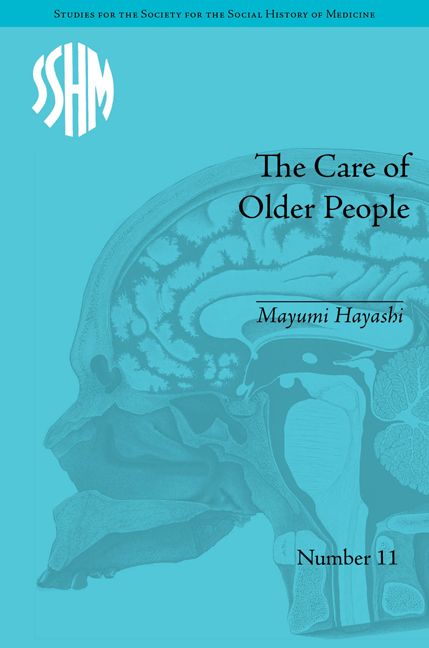Conclusion
Summary
By presenting national, regional and local institutional perspectives and using a variety of sources, this study has revealed the diversity and complexity of the way residential care for older people in England and Japan has evolved. It has identified that the root of the problem of residential care in both countries is their Poor Law legacy and cultural norms, specifically the stigma associated with the English workhouse and obasuteyama in Japan. This final chapter reviews the findings for each country in a cross-national and comparative context at the national, regional and grassroots institution levels. The analysis highlights commonalities and differences, continuities and change, and achievements and failings, while acknowledging the different national contexts. These are also considered in relation to current policy trends and debates, along with the implications for professionals and for further research.
National Contexts
Chapters 1 and 2 contrasted elderly care provision in England and Japan in the early twentieth century. While some needy older people in England received outdoor relief after the New Poor Law came into force in 1834, many were accommodated in mixed workhouses or special facilities; there was also a little charitable provision. Comparable state involvement in Japan began almost a century later with the implementation of the 1929 Poor Law, under which a tiny minority of the destitute, frail elderly without any family support were assisted, often in publicly sanctioned charitable old people's almshouses. Although very different in scale and history, England and Japan shared deterrent features in their respective Poor Laws, their stigmatized workhouses/almshouses often invoking fear, loathing and shame in response to degrading levels of care.
- Type
- Chapter
- Information
- The Care of Older PeopleEngland and Japan - A Comparative Study, pp. 179 - 192Publisher: Pickering & ChattoFirst published in: 2014



